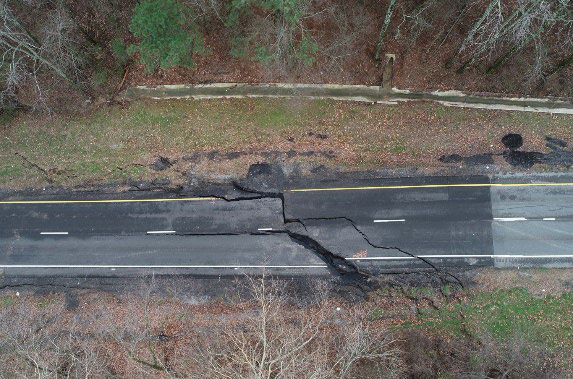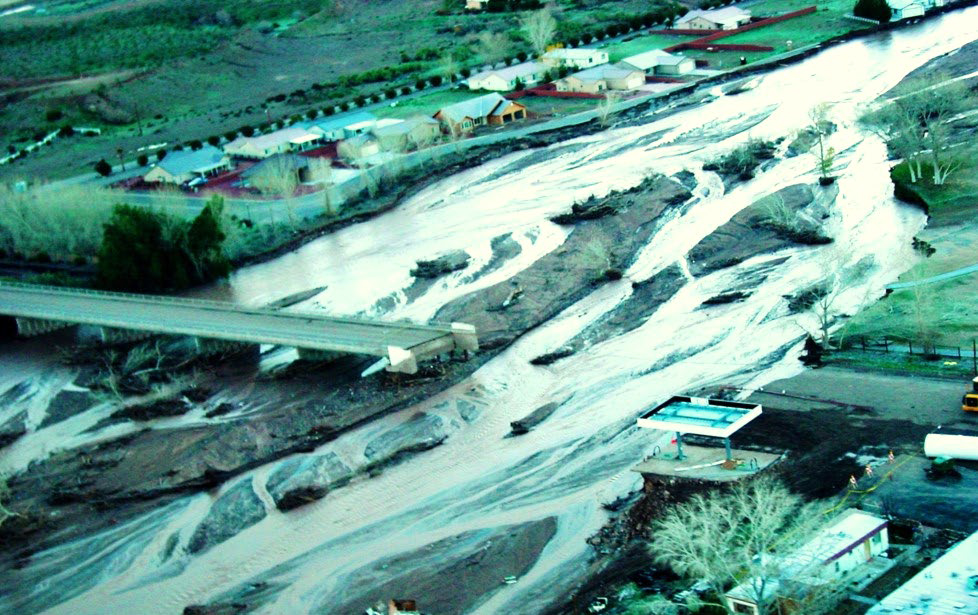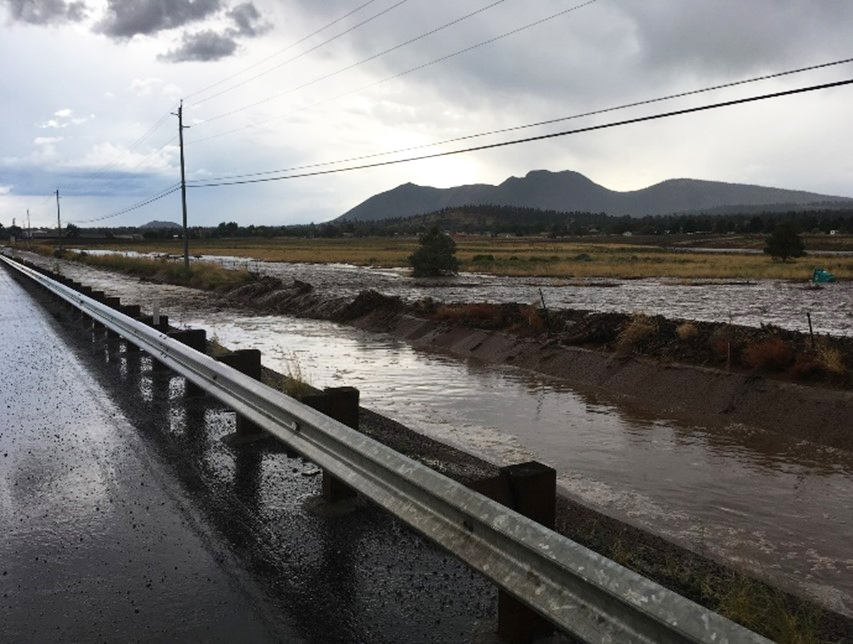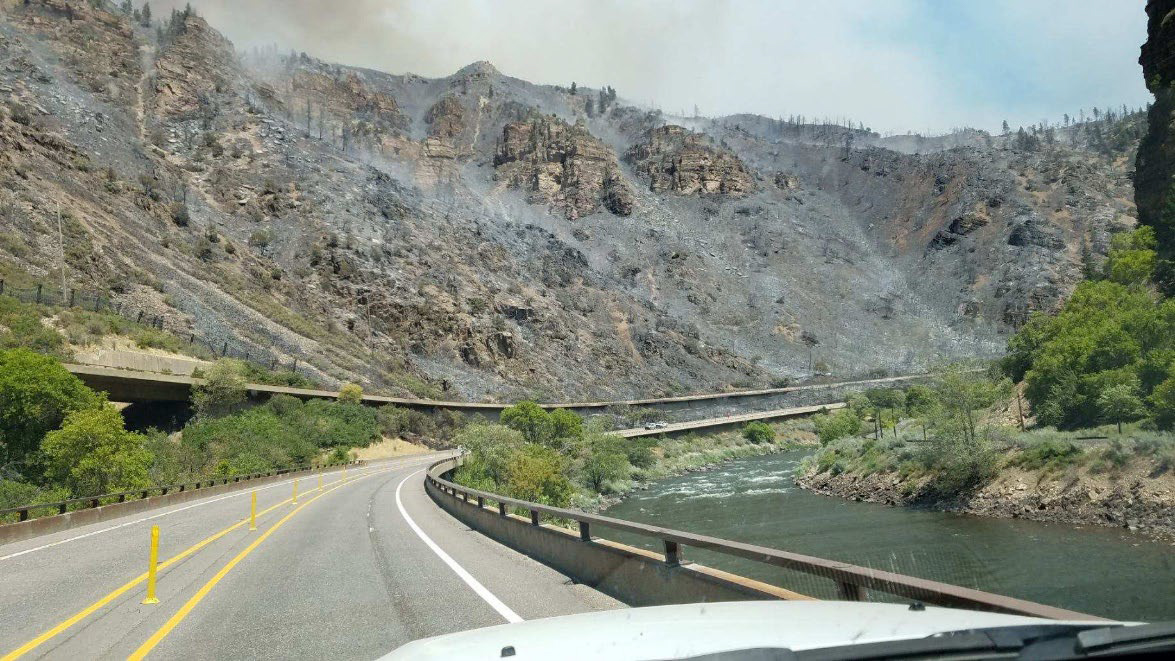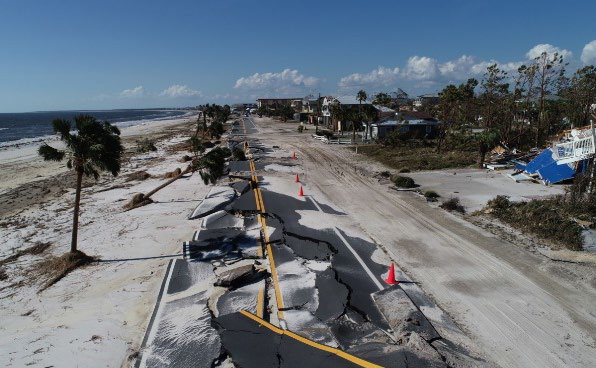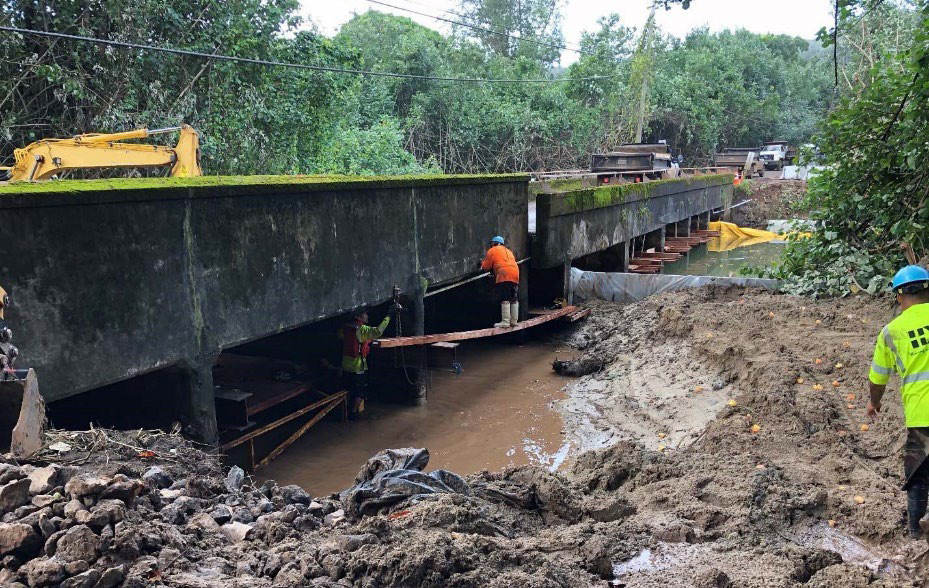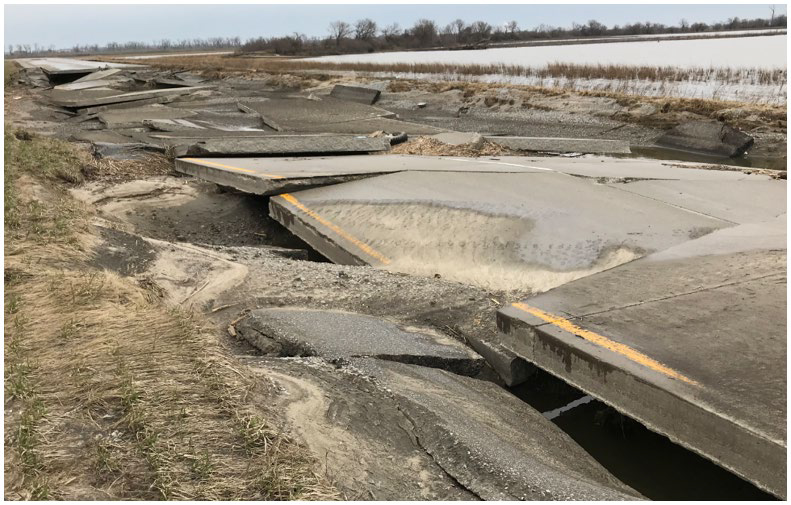Emergency Relief Resilience Case Studies
FHWA and State Departments of Transportation worked together to develop case studies that discuss how resilience betterments were incorporated into repair and reconstruction projects on federal aid roads after the roads were damaged by natural disasters. These resilience betterments, which were funded by the FHWA Emergency Relief (ER) program, are anticipated to reduce future damages from similar events, thus decreasing costs to the ER program over time. The table below summarizes the case studies and provides links to each one.
| State | Case Study Title | Facility Addressed | Hazards Addressed | Summary |
|---|---|---|---|---|
| AL | U.S. Highway 231 Landslide Repair
|
Roadway | Landslide | Determined constructing two bridges instead of repairing the road was the most feasible and cost-effective approach to avoid damages to the road from future landslides. |
| AZ | Resilience to Changing Hydrology in the Beaver Dam Wash Bridge
|
Bridge | Flood, Erosion | Determined the most effective and cost-effective combination of resilience alternatives evaluated for a bridge washout was a longer bridge with gabion training dikes. |
| AZ | Adapting to Changes in Runoff Conditions and Implementing Long-Term Flood Mitigation Measures
|
Detention basins, Bridge | Flood-After-Fire | Based on H&H models and experiences from nearby Colorado DOT, completed natural channel design projects to stabilize alluvial fans and protect detention basins. Completed Section 106 consultation with Tribes. |
| CO | Reducing Risk through Rockfall Mitigation
|
Rock Slopes | Post-Fire Rockfall | Modeled debris flows to determine risk for small, medium, and large rockfalls and determined rockfall fences to mitigate the 1- and 5-year events would be cost-effective. |
| FL | Articulating Concrete Block Revetment System for Flood Resilience: Hurricane Michael
|
Embankments | Hurricane, Flood, Wave Runup, Erosion | Used an articulating concrete block (ACB) system to protect a coastal highway against erosion. Completed NEPA review for listed species. Used HURISK to develop hurricane recurrence intervals. |
| HI | Incorporating Resilience through Bridge Replacement and Rehabilitation
|
Bridges | Flood, Landslide | Restored/replaced 3 historic bridges. Strengthened the bridge by wrapping rehabilitated parts with fiberglass reinforced plastic. Incorporated non-mountable curbs to act as a bridge girder, allow for pedestrian access, and improve safety and traffic flow. Completed Section 106 consultation. |
| IA | Erosion Control for Flood-Prone Roadways
|
Embankments | Flood, Erosion | To stabilize the roadway, used a tied concrete block matting system that anchors to the ground, has a 50-year life, and can be vegetated. Used HEC-17 to evaluate hydraulics and project future flooding events. Accounted for residual damages in cost effectiveness analysis. |


